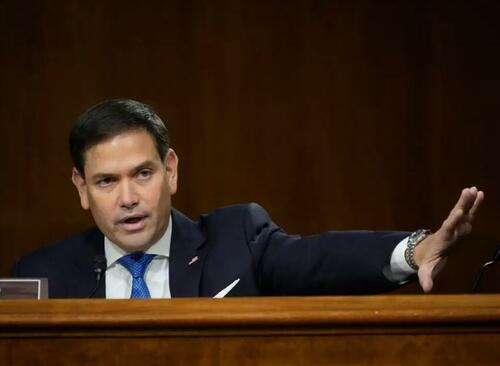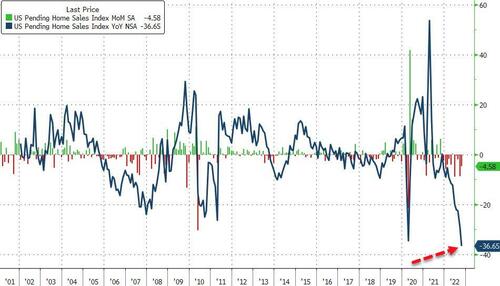IF GRAIN MUST be dragged to market on an oxcart, how far can it go before the oxen eat up all the cargo? This, in brief, is the problem faced by any transportation system in which the vehicle must carry its own fuel. The key value is the density of energy, expressed with respect to either mass or volume.
The era of large steam-powered ocean liners began during the latter half of the 19th century, when wood was still the world’s dominant fuel. But no liners fired their boilers with wood: There would have been too little space left for passengers and cargo. Soft wood, such as spruce or pine, packs less than 10 megajoules per liter, whereas bituminous coal has 2.5 times as much energy by volume and at least twice as much by mass. By comparison, gasoline has 34 MJ/L and diesel about 38 MJ/L.
But in a world that aspires to leave behind all fuels (except hydrogen or maybe ammonia) and to electrify everything, the preferred measure of stored energy density is watt-hours per liter. By this metric, air-dried wood contains about 3,500 Wh/L, good steam coal around 6,500, gasoline 9,600, aviation kerosene 10,300, and natural gas (methane) merely 9.7—less than 1/1,000 the density of kerosene.
How do batteries compare with the fuels they are to displace? The first practical battery, Gaston Planté’s lead-acid cell introduced in 1859, has gradually improved from less than 60 Wh/L to about 90 Wh/L. The nickel-cadmium battery, invented by Waldemar Jungner in 1899, now frequently stores more than 150 Wh/L, and today’s best mass-manufactured performers are lithium-ion batteries, the first commercial versions of which came out in 1991. The best energy density now commercially available in very large quantities for lithium-ion batteries is at 750 Wh/L, which is widely seen in electric cars. In 2020 Panasonic promised it would reach about 850 Wh/L by 2025 (and do so without the expensive cobalt). Eventually, the company aims to reach a 1,000-Wh/L product.
Claims of new energy-density records for lithium-ion batteries appear regularly. In March 2021, Sion Power announced an 810-Wh/L pouch cell; three months later NanoGraf announced a cylindrical cell with 800 Wh/L. Earlier claims spoke of even loftier energy densities—QuantumScape mentioned a 1,000-Wh/L cell in a December 2020 claim, and Sion Power of a 1,400-Wh/L cell as far back as 2018. But Sion’s cells came from a pilot production line, not from a routine mass-scale operation, and QuantumScape’s claim was based on laboratory tests of single-layer cells, not on any commercially available multilayer products.
The real-world leader seems to be Amprius Technologies of Fremont, Calif.: In February 2022, the company announced the first delivery of batteries rated as high as 1,150 Wh/L, to a maker of a new generation of high-altitude uncrewed aircraft, to be used to relay signals. This is obviously a niche market, orders of magnitude smaller than the potential market for electric vehicles, but it is a welcome confirmation of continuous density gains.
There is a long way to go before batteries rival the energy density of liquid fuels. Over the past 50 years, the highest energy density of mass-produced batteries has roughly quintupled, from less than 150 to more than 700 Wh/L. But even if that trend continues for the next 50 years, we would still see top densities of about 3,500 Wh/L, no more than a third that of kerosene. The wait for superbatteries ready to power intercontinental flight may not be over by even 2070.




